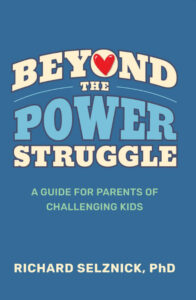 Largely supported by the medical model, when parents have their child assessed they are often focused on “the diagnosis.” Such a model embodies a, “Yes, they have it,” or “No, they don’t have it,” (whatever “it” is) perspective.
Largely supported by the medical model, when parents have their child assessed they are often focused on “the diagnosis.” Such a model embodies a, “Yes, they have it,” or “No, they don’t have it,” (whatever “it” is) perspective.
In my corner of the universe, I wish things were that straight-forward. I am hopelessly mired in identifying a pie-chart of interacting variables.
Less important than a “diagnosis,” a good assessment should identify major “red flags” of concern and guide you with “next-step thinking.”
For example if the child has a reading problem, what type is it? Is it primarily based in decoding/fluency or is it a comprehension based problem? What are the next steps?
If the child shows inattentiveness and distractibility, can that be clarified more specifically?
Just saying a child is “ADHD” doesn’t tell us much. What situations pull for greater inattentiveness?
If the child’s behavior can be challenging, what seems to trigger the difficulty?
More than the diagnosis, what do the snapshots in the assessment tell us about the child?
I understand that I am sadly dating myself by citing a great song by Rod Stewart, but remember, “Every Picture Tells a Story?”
What are the pictures that are telling the story?
————————————————————————————————————————————————————————–
To receive future blog posts, register your email: https://shutdownlearner.com.
To Contact Dr. Richard Selznick for advice, consultation or other information, email: shutdownlearner1@gmail.com.

 Copyright, Richard Selznick, Ph.D. 2023, www.shutdownlearner.com.
Copyright, Richard Selznick, Ph.D. 2023, www.shutdownlearner.com.
